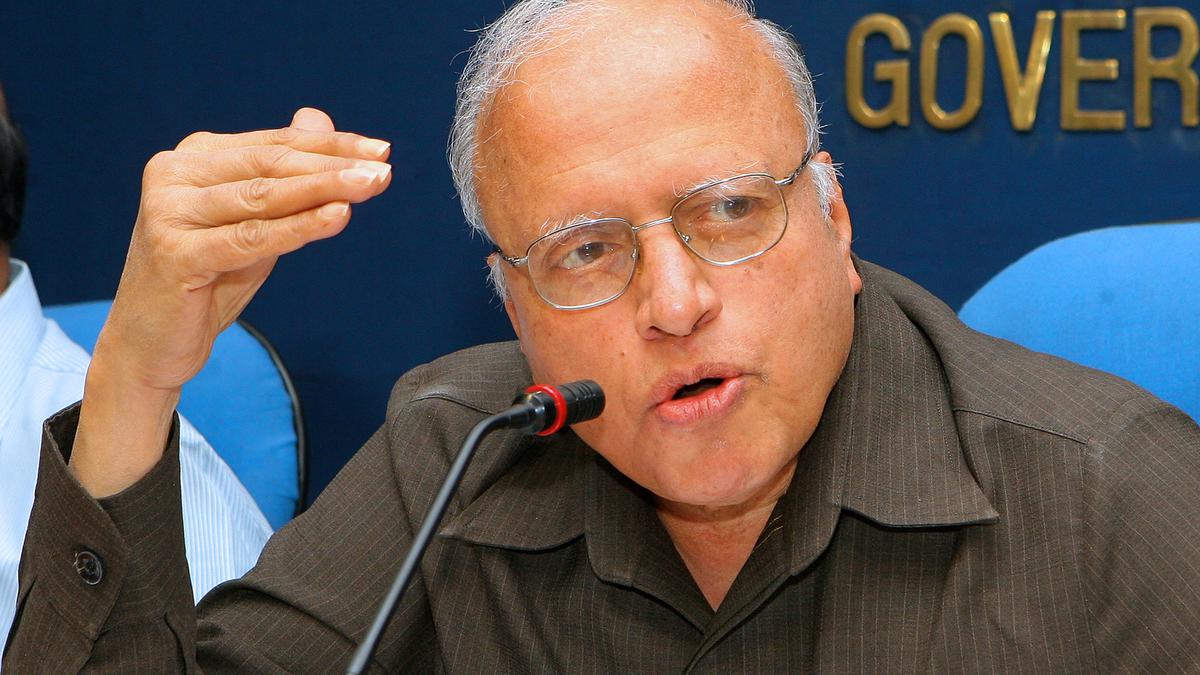
Key scientific terms associated with Dr. M.S. Swaminathan’s research and Green Revolution | Explained Premium
The Hindu
We take a look at the terms associated with Dr. M. Swaminathan’s pioneering research and the Green Revolution he engineered in India.
The story so far: M.S. Swaminathan, the agricultural scientist known as the father of the Green Revolution in India, died at his residence in Chennai on Thursday morning. He was 98.
Dr. Swaminathan played a pivotal role in defining India’s tryst with scientific agriculture. He helped develop high-yielding varieties of wheat and rice to counter back to back droughts in 1960s and save the country from famine.
A period of rapid, scientific agricultural advancement in the mid-1960s that involved growing a high-yielding, disease-resistant variety of wheat, primarily in Punjab, was the beginning of India’s Green Revolution. Dr. Swaminathan was the key architect of this movement and worked in close collaboration with former Union Agriculture Ministers C. Subramaniam (1964-67) and Jagjivan Ram (1967-70 and 1974-77) towards safeguarding India’s food security. Short-straw or dwarf varieties of crops like rice and wheat formed the basis of India’s Green Revolution. Dwarf strains have a higher Harvest Index, which means that the plant puts more of its energy resources into seeds rather than leaves or other plant structures. Harvest Index quantifies the crop yield in comparison to the total biomass produced.
High-yielding varieties of crops, or HYVs, produced a higher yield of crop per hectare in comparison to traditional variants. These variants are produced using a combination of traditional breeding steps and biotechnology, which includes genetic diversity. The resulting HYVs are usually disease-resistant and have a higher tolerance to conditions like drought.
IR8, a variety of rice developed by the International Rice Research Institute (IRRI) that could produce as much as seven tonnes of rice per hectare compared to traditional seeds that could produce only two tonnes per hectare, was one of the main HYVs grown during the Green Revolution. This “miracle rice” was first introduced in the Philippines and was produced by crossing a tall high-yielding strain from Indonesia called Peta with a sturdy dwarf variety from China called Dee-Geo-woo-gen.
Other HYVs grown during the Green Revolution in India included Kalyan Sona and Sonalika varieties of wheat which were considered to be of good “chapati-making” quality and had “amber grains and good yield potential” (a few varieties of Mexican dwarf wheat which were procured earlier were rejected because of their red colour).
The difference between the potential or maximum achievable yield of a crop and the actual realised yield for a given area is called the yield gap. During the Green Revolution, one of the main areas of focus was the increase productivity from existing farmlands using HYVs in order to tackle the threat of famine.

The girl, who was admitted to Aster CMI Hospital with alarming breathlessness and significant pallor, was diagnosed with Wegener’s Granulomatosis (now known as Granulomatosis with Polyangiitis or GPA), a rare autoimmune condition that causes spontaneous bleeding in the lungs, leading to acute respiratory failure.

ACB files case against IPS officer N. Sanjay in Andhra Pradesh. The official is accused of manipulating the tender processes for awarding contract for development and maintenance of AGNI-NOC portal, and conducting awareness meetings for SC/STs. It is alleged that the total value of properties stolen, or involved in the case is estimated at ₹1,75,86,600.









